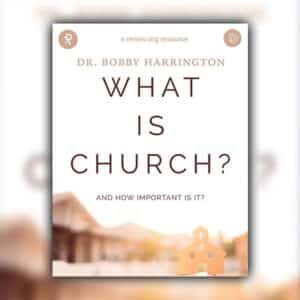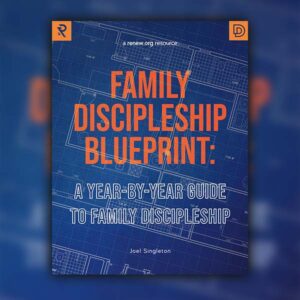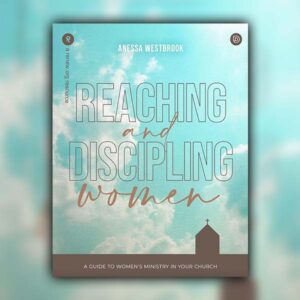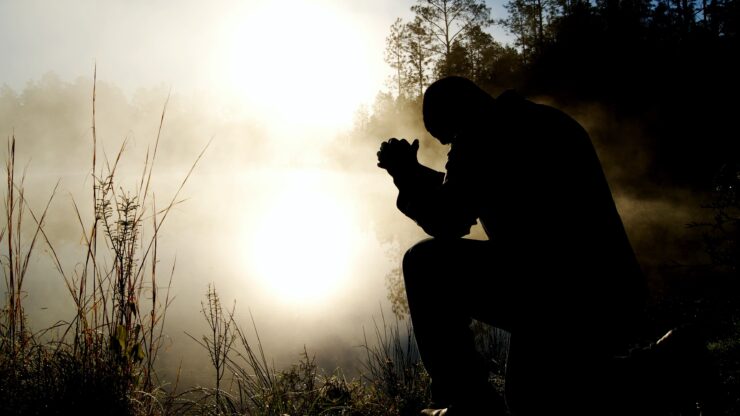Why Build Relational Environments?

I want you to think about the five most impactful sermons you have heard. What were they? Go head; I will give you about 3 minutes….
Now …. Tell me about the five people who have most shaped who you are today? What was their impact on your life? (This can be either positive or challenging impact or both.)
I am betting you had an easier time listing the people over the sermons. I am also willing to bet the relationships you had with those people most often had a higher impact on you than the sermon you remembered.
Discipleship is about transformation. It is about having our old nature put off and our new nature put on. It is our old way of thinking being transformed by the renewing of our minds, leading us to think, feel and choose differently. As a disciple of Jesus and a lover of people it is a worthy question to wrestle with, “So how are people transformed? How does one change? How is character formed and souls transformed?”
Information is a part of transformation, but the way our brains are wired it is in the context of relationships where we are most transformed. We need the kind of relationships which give us a sense of attachment, safety, attunement, and belonging, impacting our identity. We transform as we live into different relationships, telling us a different story, modeling who we are meant to be as we follow Jesus. This is critical to the renewing of our minds.
Jim Wilder, a neurotheologian, writes in his book, Renovated,
“The only kind of love that helps the brain learn better character is attachment love. The brain functions that determine our character are most profoundly shaped by who we love. Changing character, as far as the brain is concerned, means attaching in new and better ways.”
What we love, who we love shapes us more than what we know and say we believe. We are a people made to belong to be attached to God and to people. Our relationships are key to the 18 inches between what we know and who we become.
I am always amazed at how science isn’t telling us new things but puts into modern-day explanations truth God has already revealed in his word. Think of how many times the New Testament writers urge us with ‘one another’ as they tell us how to live in a pagan-culture as a Christ-follower. In most of the New Testament letters ‘you’ should be translated as “y’all”. Jesus said to his followers the night before his death loving one another would mark us as his disciples. (John 13:34,35) Peter tells people suffering in a harsh and unfair world they were a people, they belonged and were attached to a God who chose them. They had purpose and identity because of their relationship with Jesus and one another. This would give them the courage to live differently because of those experiences and truth. (1 Peter 2:4-13)
Here’s the bottom line. Creating a relational environment where people feel seen, known, safe, secure is not just a nice idea or a mantra for a movement. Forming small groups – where people know others will still be delighted to be with them even when they are not their best … where accountability comes from a place of calling people up to be who God made them to be vs a judgmental tone of ‘why didn’t you do/be/know better’ … where people can bear the pain of facing ugly parts of themselves or hard parts of their life because they will not experience being left alone in their pain… IS critical in the transformation and renewing of our minds and hearts. We don’t change without relationships. Because God made us humans that way
How do we go about creating these critical relational environments? What a great question when often many of us have not experienced these kinds of relationships. We hunger for them, but let’s be honest, relationships can be scary because that’s where we have been hurt. Creating a space for them to flourish and bring healing and transformation is a worthy undertaking.
Here are a few tips for the leader who wants to create spaces and places where relationships and transformation can flourish.
- Grow in being committed to the value of relationships.
- Look people in the eye.
- Call people by name.
- Include people; invite them into the conversation.
- Hear their stories; remember details.
- Learn what’s important to each of the people in your group.
- Do not let sarcasm be one of the primary love languages of your group.
- Meet practical needs, but don’t stop at the practical, find out heart needs.
- Practice gratitude and appreciation for one another.
- Model vulnerability. This takes confidence that Jesus loves and accepts you in your own brokenness.
- Avoid story-topping. Let people tell their story without you having to share yours. Be curious about theirs. Trust there will be space for yours.
Listen first with comfort and validation. Not problem-solving and fixing.
This post originally appeared at: Why Build Relational Environments? | Relational Discipleship Network (rdn1.com)
If you have enjoyed reading this, please consider joining our email list!










